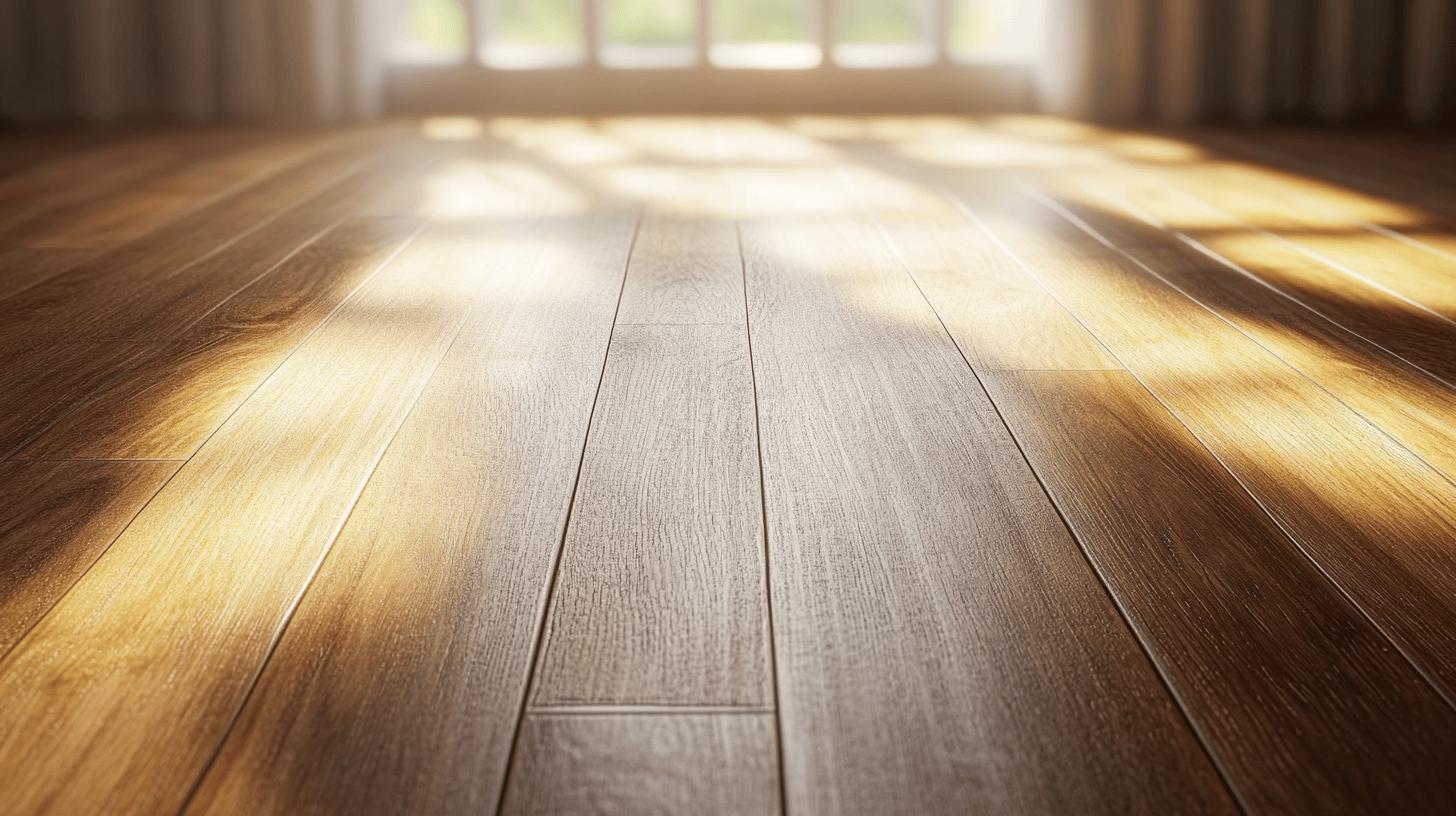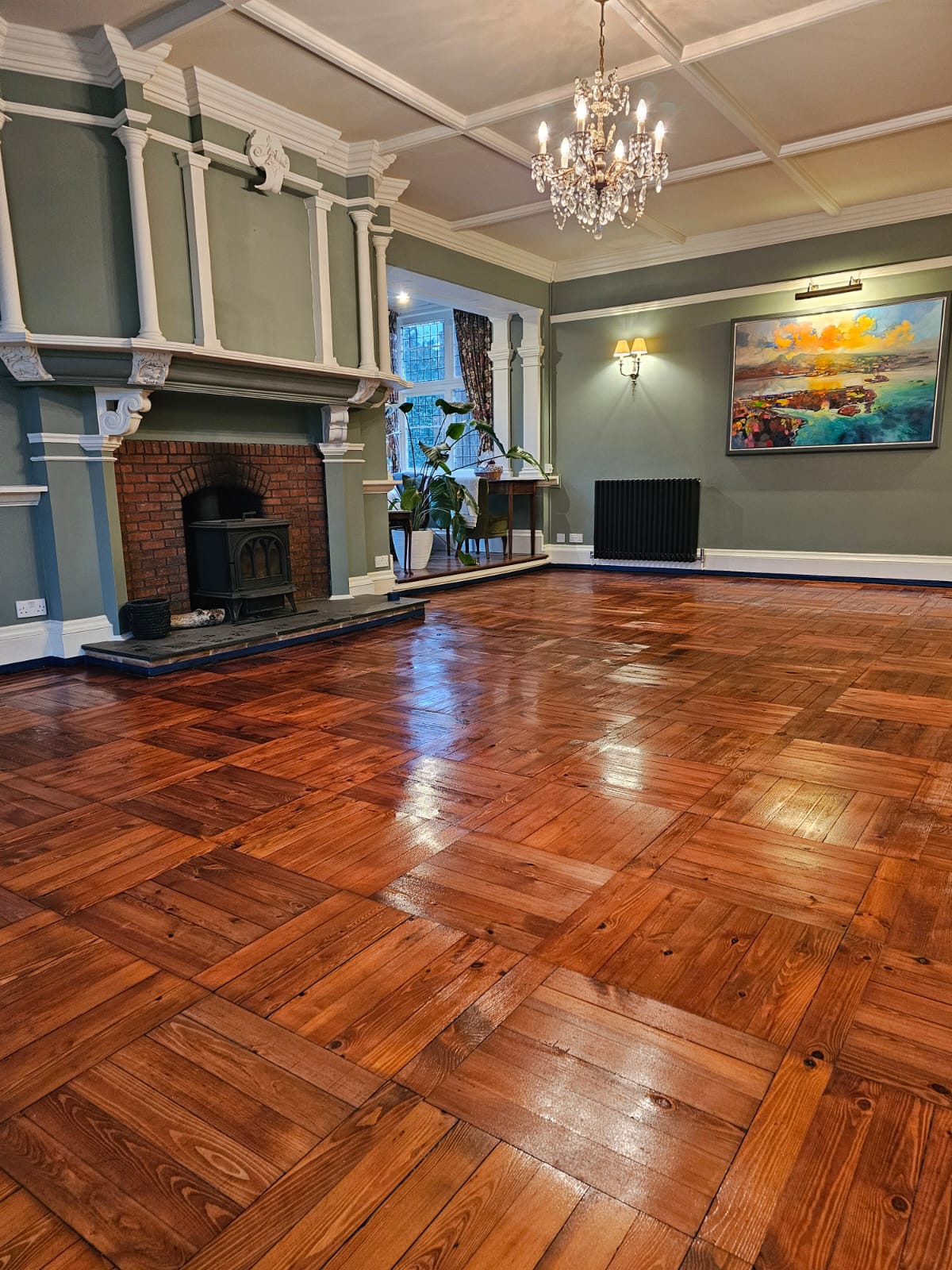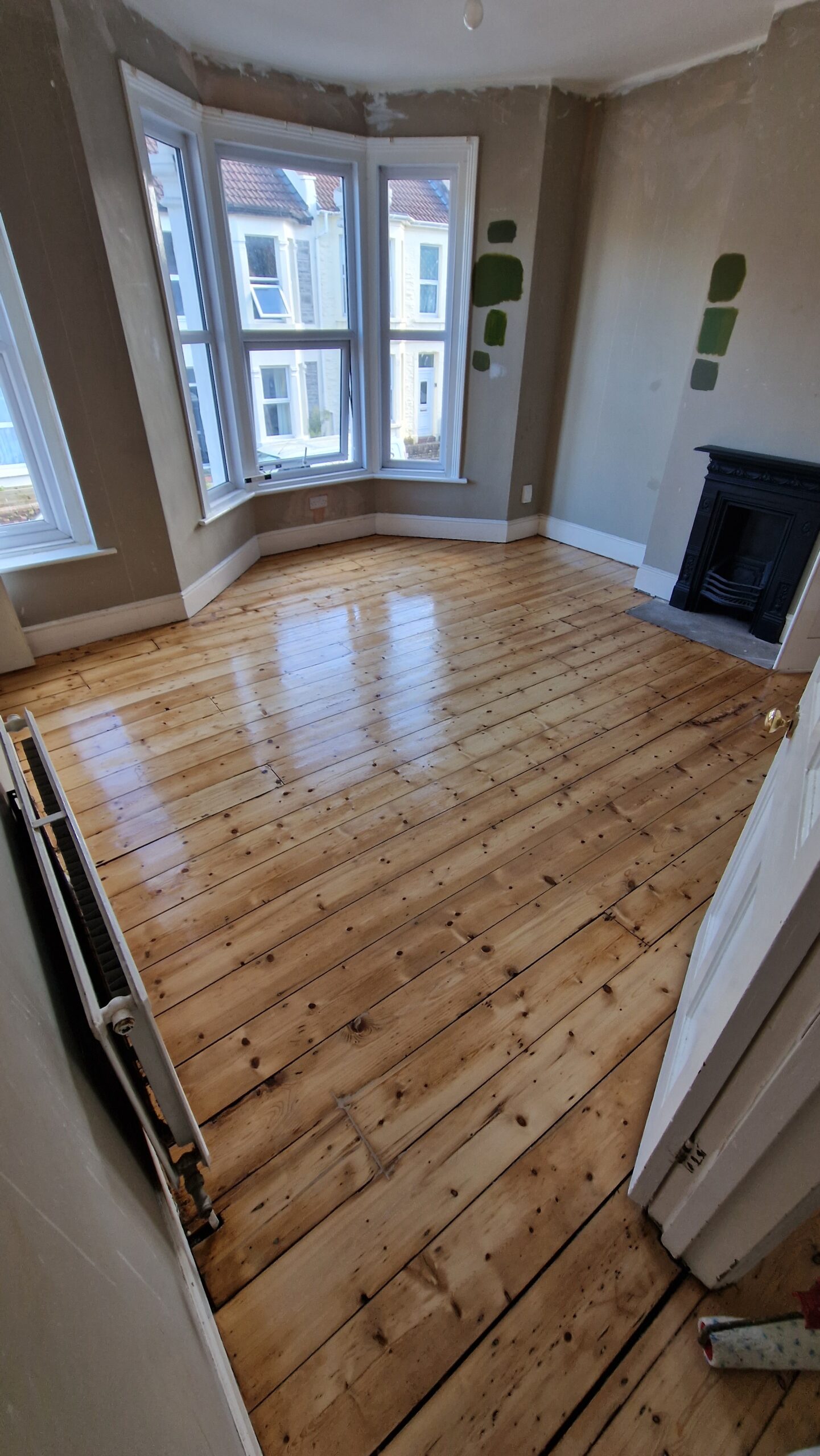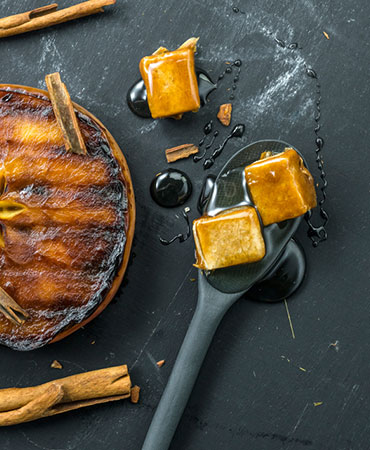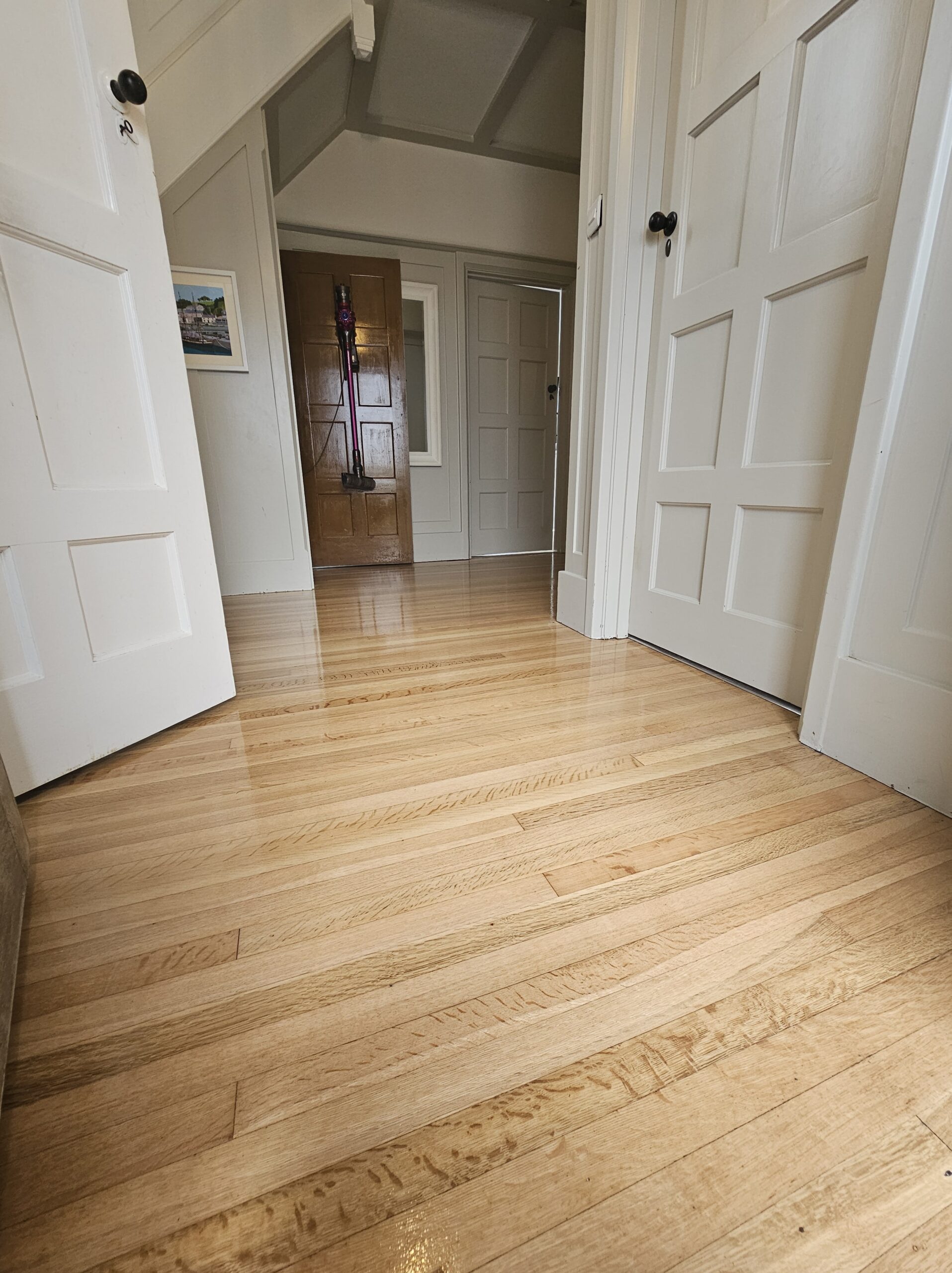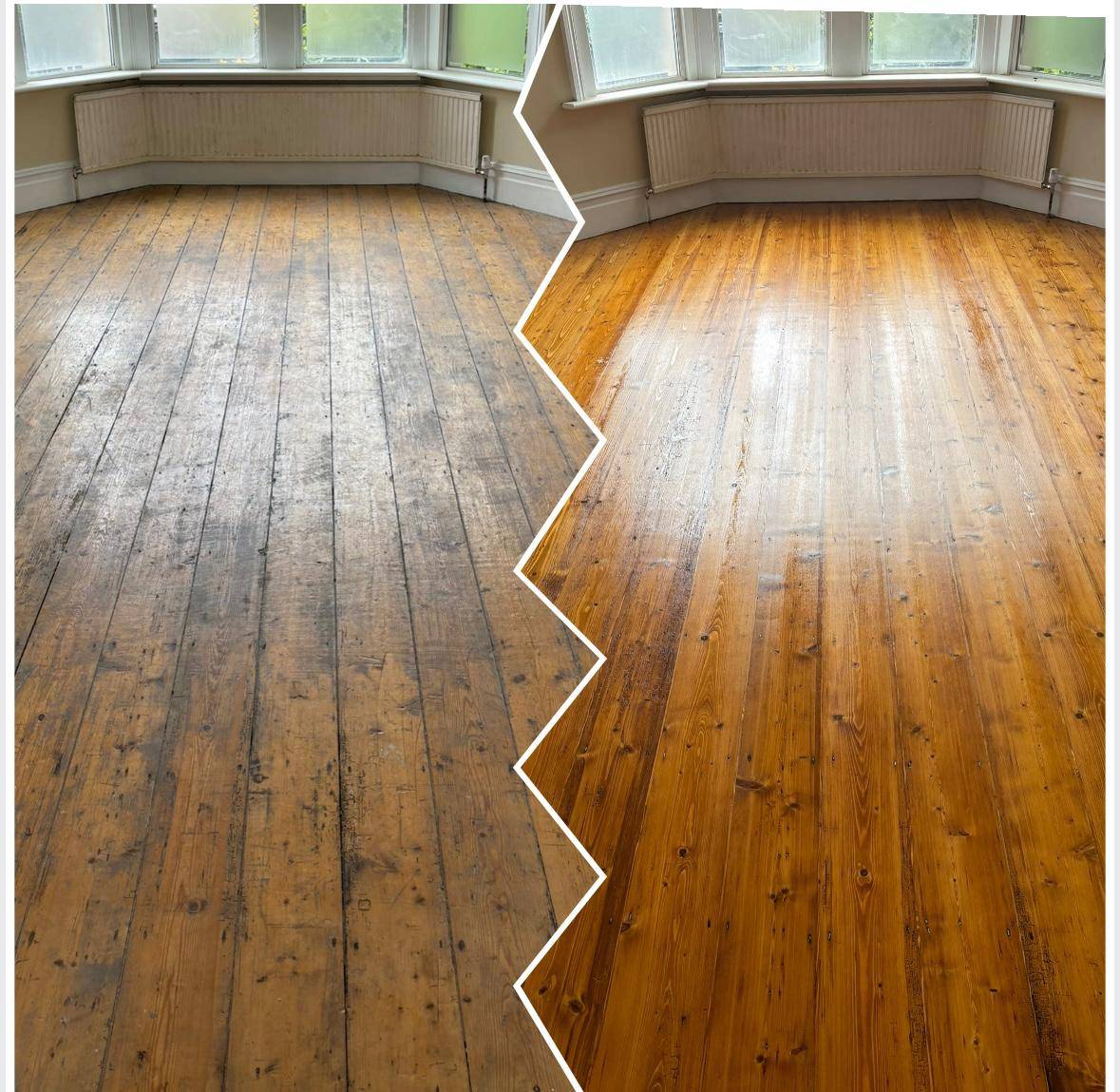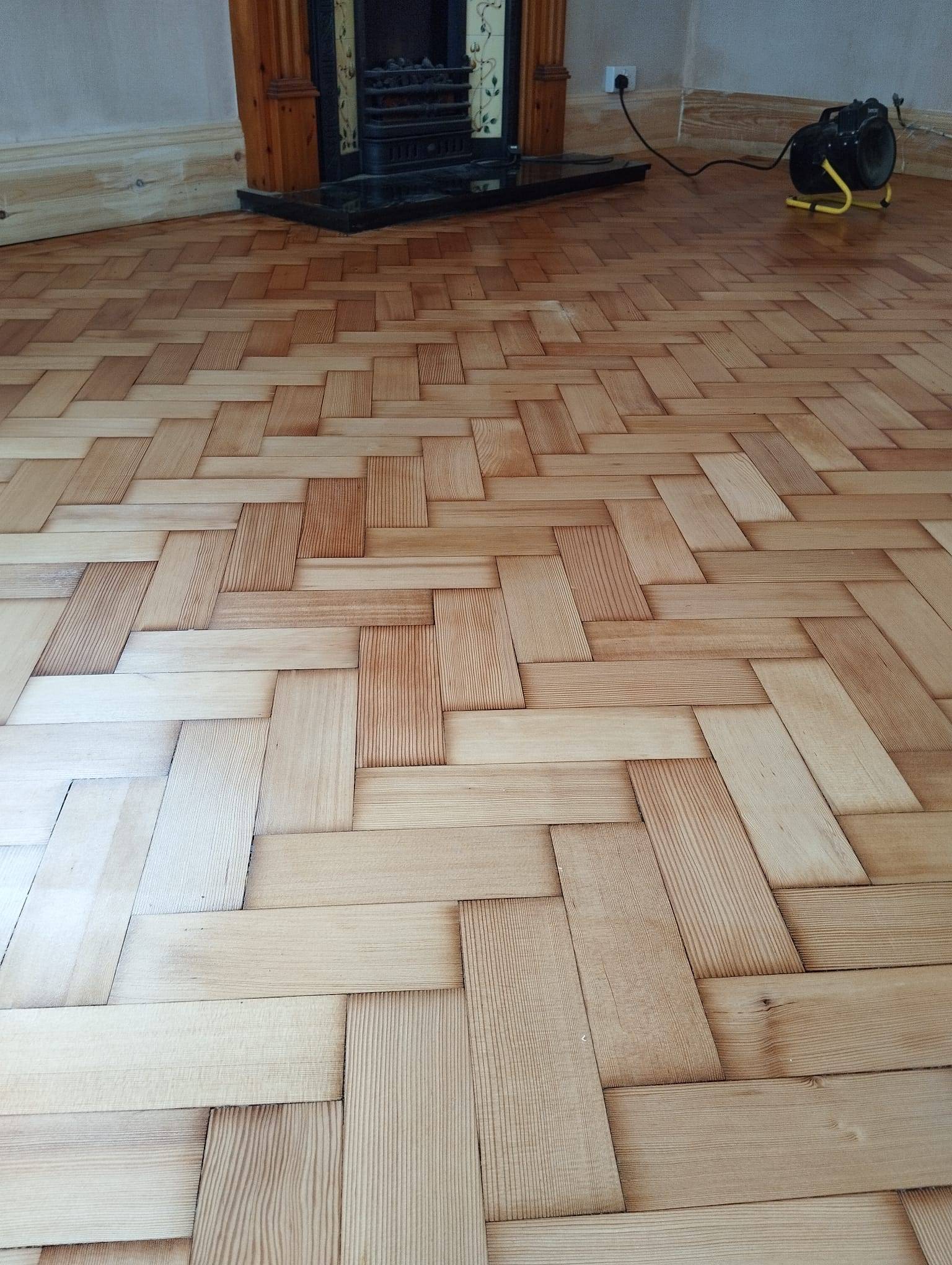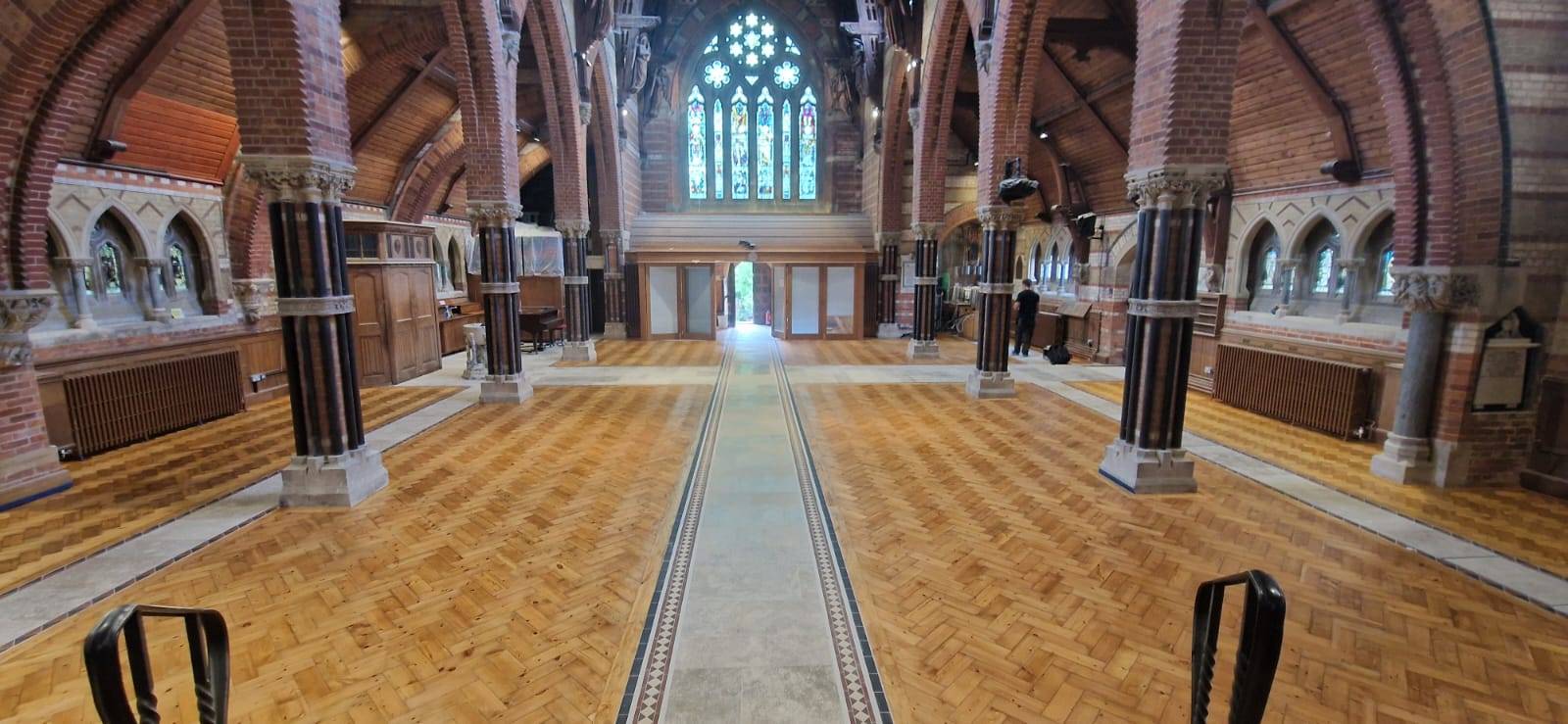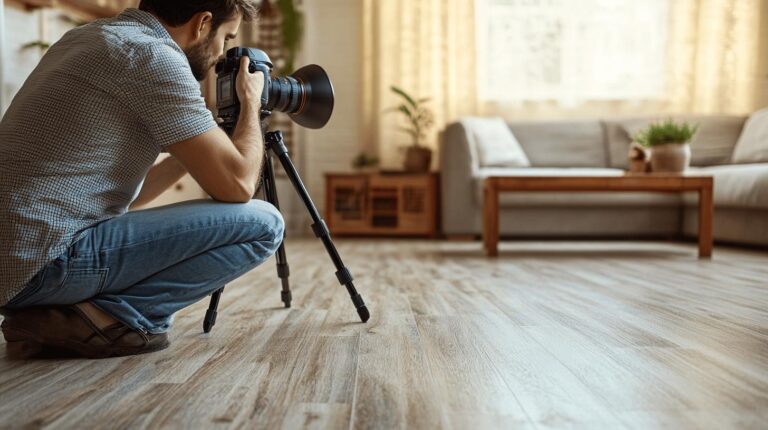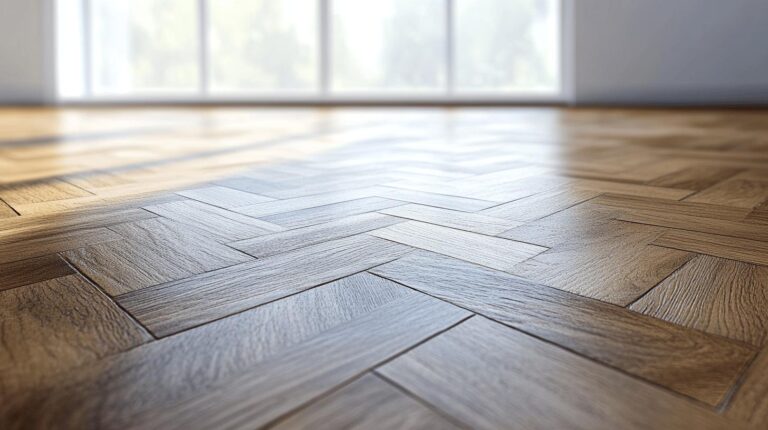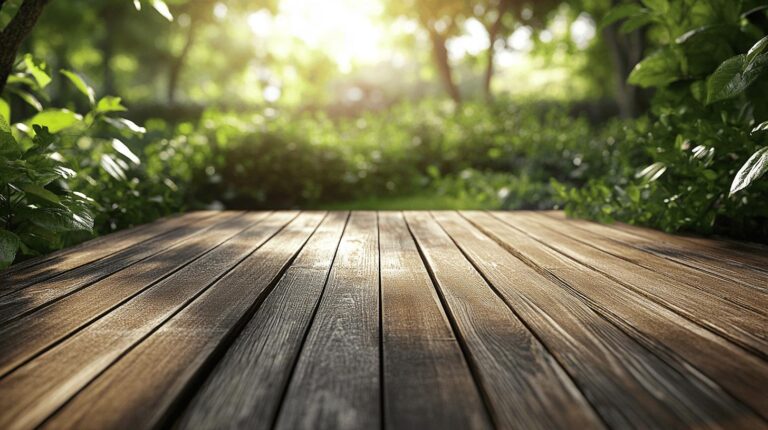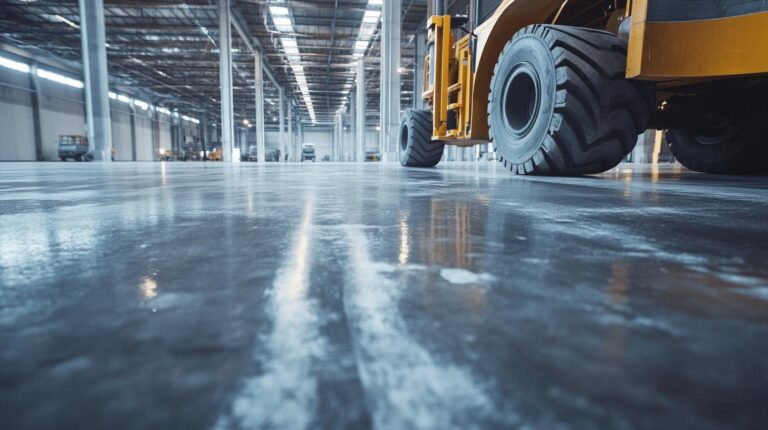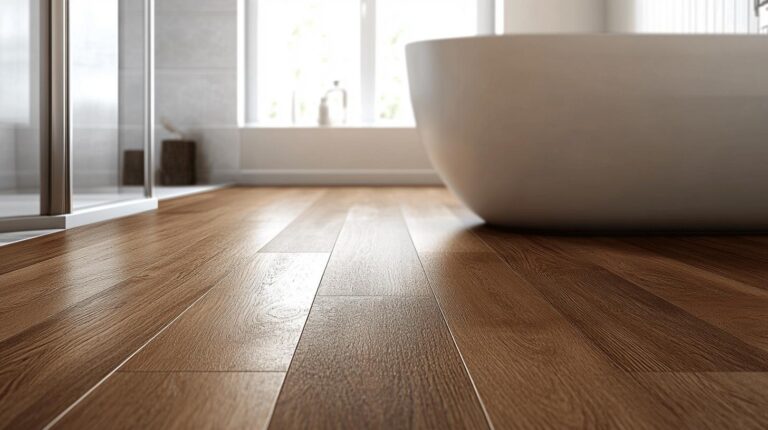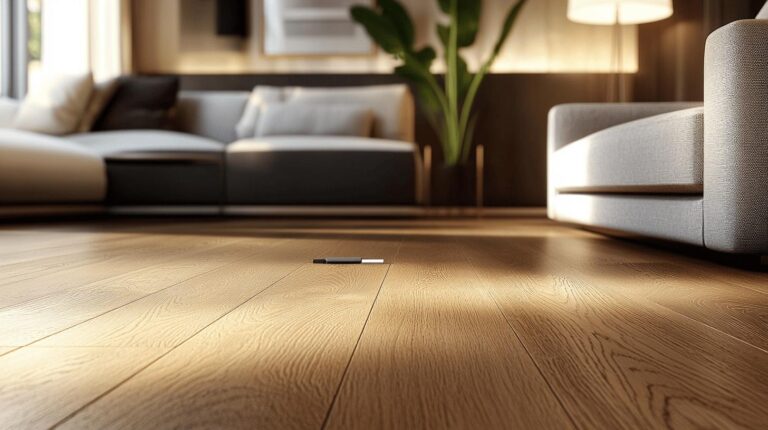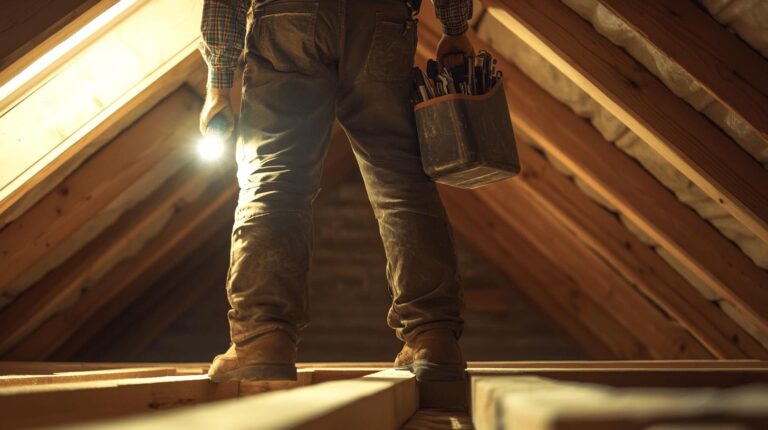Are your wood floors betraying their age with every clack of high heels, the pitter-patter of pets, or the relentless march of daily foot traffic? You’re not alone. Countless homeowners face the challenge of preserving the beauty and integrity of their wood floors amidst everyday wear and tear. This article delves into practical strategies for safeguarding your floors against the common culprits of damage. From choosing the right wood species to implementing preventative measures, these expert tips will equip you with the knowledge to maintain your floors’ pristine condition for years.
Choosing Durable Wood Flooring for High Traffic
Selecting the right wood species is essential for ensuring durability in high-traffic areas. More challenging wood types are known for their resilience and ability to withstand the wear and tear associated with heavy foot traffic, pets, and everyday activities. These impact-resistant materials are less prone to scratches and dents, making them a practical choice for both commercial and domestic spaces. When considering flooring choices, it’s crucial to focus on the Janka hardness scale, which measures a wood’s resistance to wear and indentation. Opting for wood types with higher ratings on this scale can significantly enhance the longevity of the flooring, providing a robust surface that maintains its aesthetic appeal over time.
- Oak
- Maple
- Hickory
- Ash
- Brazilian Cherry
Choosing durable wood types impacts the overall lifespan of flooring by reducing the need for frequent repairs and refinishing. With the right wood, the floors can maintain their appearance and structural integrity for years, even in the busiest areas of a home or business. This reduces long-term maintenance costs and contributes to a more sustainable flooring solution. By investing in robust materials, property owners can enjoy beautiful and enduring wood floors that gracefully withstand the demands of daily life.
Preventing High Heel Damage on Wood Floors
High heels, particularly stilettos and narrow heels, pose significant risks to wood floors due to their concentrated pressure points. These shoes can easily dent or scratch the surface, leading to visible damage over time. Unlike flat shoes that distribute weight evenly, high heels focus a person’s weight onto a small area, increasing the likelihood of surface impressions or gouges. This damage can be particularly problematic for softer wood species, where even minimal pressure can cause noticeable marks. To protect the integrity and appearance of wood flooring, it is essential to take proactive steps to mitigate these risks.
- Place protective rugs or runners in areas where high heels are frequently worn.
- Encourage the use of indoor slippers or flat shoes when inside the home.
- Apply felt pads to the bottom of high-heeled shoes for added protection.
- Regularly inspect and maintain floors to address minor damages promptly.
Enforcing a No-Shoe Policy
A no-shoe policy is an effective way to protect wood floors from high-heel damage. Encouraging household members and guests to remove their shoes upon entering the home can significantly reduce the risk of high heel-related damage. Providing a designated area for shoe storage near entryways can facilitate this policy, making it convenient for everyone to comply. This approach not only safeguards the flooring but also helps maintain a cleaner indoor environment by reducing the amount of dirt and debris tracked inside.
Other preventive measures include using floor mats at entryways to capture dirt and moisture, which can also contribute to wear and tear. Additionally, regular maintenance, such as refinishing, can help restore and protect the floor’s surface, ensuring it remains resilient against potential damage. By integrating these strategies, homeowners can extend the lifespan of their wood floors and maintain their pristine appearance.
Safeguarding Wood Floors from Pet Scratches
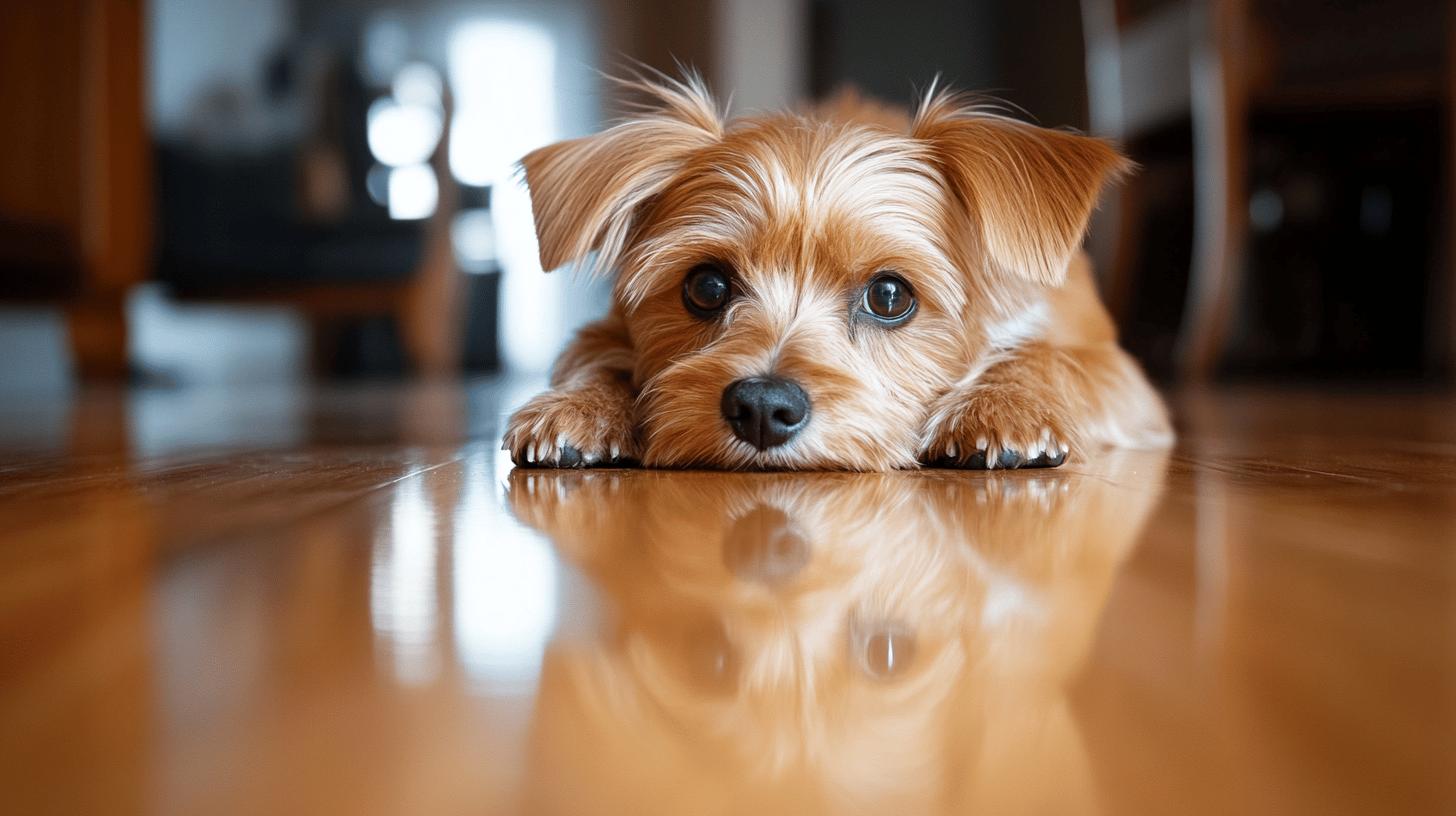
Pets, while beloved family members, can threaten the integrity of wood floors. If left untrimmed, their claws can cause scratches and gouges, diminishing the floor’s appearance and value. Additionally, pets can inadvertently damage floors by tracking in dirt and moisture from outside, leading to staining and warping over time. Pet-related accidents, such as spills or scratches, are common and can be mitigated through thoughtful planning and preventative measures. Implementing a routine for pet grooming and utilising protective accessories can significantly reduce the risk of damage, ensuring that the beauty of wood flooring is preserved.
- Select harder wood species that are more resistant to scratches.
- Install scratch-resistant finishes to protect the surface.
- Use area rugs or runners in high-traffic areas frequented by pets.
- Invest in pet-friendly flooring, such as laminate or engineered wood.
- Regularly trim pets’ nails to decrease the likelihood of scratches.
- Train pets to use designated spaces to minimise floor exposure.
Pet owners should establish a consistent maintenance schedule to integrate these strategies into daily routines effectively. This includes regular nail trimming sessions and routine cleaning to prevent dirt accumulation. Placing rugs or mats in areas where pets play or rest can provide an additional layer of protection. By training pets to use specific areas for their activities, homeowners can minimise the occurrence of pet-related floor damage. Adopting these proactive measures preserves the aesthetic appeal of wood floors and extends their lifespan, ensuring a harmonious coexistence with four-legged family members.
Mitigating Damage from Heavy Foot Traffic
Heavy foot traffic can significantly impact the condition of wood floors, leading to wear and tear over time. Areas subject to constant movement, such as hallways, entryways, and living spaces, are particularly vulnerable to scratches, dents, and dulling of the finish. Traffic patterns, combined with the presence of dirt and debris, can exacerbate the degradation of the floor’s surface. As people walk across these areas, they unintentionally carry small particles that act like sandpaper, gradually wearing down the finish and exposing the wood beneath. Consequently, it’s crucial to implement protective measures to preserve the beauty and functionality of wood floors in high-traffic zones.
- Place area rugs or runners in hallways and entryways to absorb impact and reduce wear.
- Use furniture pads to prevent scratches from shifting furniture.
- Sweep or vacuum regularly to remove abrasive dirt and debris.
- Schedule periodic refinishing to restore the protective layer.
- Establish a no-shoe policy to minimise dirt and damage from footwear.
Maintaining aesthetics while implementing these strategies involves a careful balance between functionality and style. Rugs and runners can be chosen to complement the existing décor, adding visual interest while serving a protective role. Opting for high-quality, durable materials ensures that these coverings withstand heavy use and maintain their appearance. Regular cleaning should be seamlessly integrated into the routine to prevent dirt build-up, which can detract from the flooring’s lustre. By combining these approaches, homeowners can effectively safeguard their wood floors against the rigours of daily life without sacrificing the elegance and charm that wood flooring adds to a space.
Utilising Protective Coatings and Floor Mats
Protective coatings serve as an essential barrier between wood floors and potential sources of damage. These coatings preserve the wood’s natural beauty while enhancing its longevity by providing a durable, wear-resistant layer that guards against daily wear, spills, and scratches. Common types include polyurethane, varnish, and wax, each offering varying sheen levels and protection. Polyurethane is particularly popular in high-traffic areas due to its robust resistance to abrasion and moisture. Regular application of these coatings ensures that the wood retains its aesthetic appeal, reducing the frequency of refinishing and extending the life of the flooring.
Effective Use of Entrance Mats
Strategically placed entrance mats are vital for safeguarding wood floors from dirt and debris. High-quality entryway mats act as the first line of defence, trapping particles that can scratch and dull the floor’s surface. For optimal protection, mats should cover the entire entryway width and be long enough to allow several steps before reaching the wood floor. This placement ensures that shoes are adequately wiped clean, minimising the risk of damage. In addition to entryways, consider using mats in high-traffic areas like hallways and kitchens to protect the flooring from everyday wear further.
Choosing the Right Protective Coating
Selecting the appropriate protective coating depends on the space’s specific needs and the traffic level it experiences. For example, polyurethane coatings are ideal for areas that endure heavy foot traffic, offering excellent abrasion resistance. Varnishes provide a traditional finish and are suitable for spaces where aesthetics are a priority. Wax coatings, while less durable, offer a soft sheen that enhances the wood’s natural texture. Understanding the characteristics of each option allows homeowners to choose a coating that balances protection with the desired appearance, ensuring long-term satisfaction.
Integrating protective coatings and floor mats into a comprehensive floor protection plan is crucial for maintaining wood floors. Regular maintenance, including the reapplication of coatings and cleaning of mats, ensures that these protective measures remain effective. By combining these strategies, homeowners can significantly reduce the risk of damage from daily activities, preserving the floor’s beauty and functionality for years. Establishing a routine that incorporates these elements enhances the floor’s durability and contributes to a cleaner, more inviting home environment.
Regular Maintenance and Cleaning Practices

Maintaining wood floors requires a consistent cleaning routine to preserve beauty and functionality. Daily sweeping or vacuuming is crucial for removing dirt and debris that can scratch the surface. Mopping weekly with a cleaner specifically designed for wood floors will help maintain their finish and prevent damage from spills and moisture. Regular cleaning protects the floors from daily wear and enhances their appearance by keeping them free of dust and grime. Establishing a cleaning schedule tailored to the level of traffic your floors endure will significantly reduce the risk of long-term damage.
- Use a soft-bristle broom or vacuum with a hardwood floor attachment.
- Employ a damp mop with a wood floor-specific cleaner weekly.
- Avoid harsh chemicals and abrasive cleaning tools.
- Clean spills immediately to prevent water damage.
- Use a microfiber cloth for quick dust removal.
Effective maintenance plays a vital role in extending the lifespan of wood floors. By addressing minor issues promptly and adhering to a regular cleaning regimen, homeowners can prevent minor problems from escalating into significant damage. This proactive approach reduces the need for costly repairs and refinishing, ensuring the floors remain in excellent condition for years. Consistent care not only preserves the aesthetic appeal of wood flooring but also contributes to a healthier indoor environment by reducing allergens and improving air quality.
Repair and Restoration Solutions for Damaged Wood Floors
Despite their durability, wood floors are susceptible to damage from daily wear. Common repair solutions such as sanding and refinishing can restore a floor’s appearance and functionality. Sanding involves removing the top layer of the wood to eliminate scratches, dents, and stains, revealing a fresh surface ready for refinishing. Refinishing consists in applying a new protective coating, such as polyurethane, to enhance the floor’s resistance to future damage. These processes are essential to maintaining hardwood floors’ protective layer and beauty, especially in areas of high traffic or frequent activity. Regular maintenance through refinishing can significantly extend a floor’s lifespan, preserving its aesthetic charm and structural integrity.
- Visible scratches and dents
- Fading or discolouration
- Warping or cupping
- Loss of shine or lustre
Professional restoration services offer numerous benefits, ensuring that repairs are conducted with precision and expertise. Companies like Ryan’s Restoration provide specialised knowledge and high-quality materials to achieve optimal results. Professionals can accurately assess the extent of damage and recommend appropriate solutions, whether minor touch-ups or complete refinishing. Engaging expert services not only guarantees a superior finish but also saves time and effort, allowing homeowners to enjoy beautiful, well-maintained floors without the stress of DIY attempts.
Final Words
This article explored a range of strategies for protecting wood floors against high heels, pets, and heavy foot traffic. From choosing durable wood types and enforcing a no-shoe policy to using protective coatings and maintaining a rigorous cleaning routine, these methods ensure longevity and aesthetics.
Protecting your wood floors is critical for maintaining their appeal and functionality. Utilising the strategies discussed can significantly reduce the risk of damage. Effective wood floor maintenance is an integral part of home care.
Ryan’s Restoration is your trusted partner for achieving stunning and resilient wood floors. We expertly cater to all restoration and installation needs.
FAQ
Can you wear high heels on hardwood floors?
Due to their concentrated weight and sharp points, high heels can potentially damage hardwood floors. Minimising wearing them indoors or using protective pads over the heel tips is advisable.
How do you protect wood floors from pets?
To safeguard wood floors, regularly trim pets’ nails and use area rugs. Selecting pet-friendly flooring options like engineered wood can also reduce damage.
How do I protect my floor from heels?
Implementing protective measures like using area rugs in high-use areas and placing furniture pads under chairs can help prevent heels from damaging wood floors. Enforcing a no-shoe policy may also be beneficial.
How do I protect my hardwood floors from shoes?
Encourage indoor footwear or slippers, place doormats at entrances to capture dirt, and regularly clean to prevent grit accumulation, which can cause scratches.
